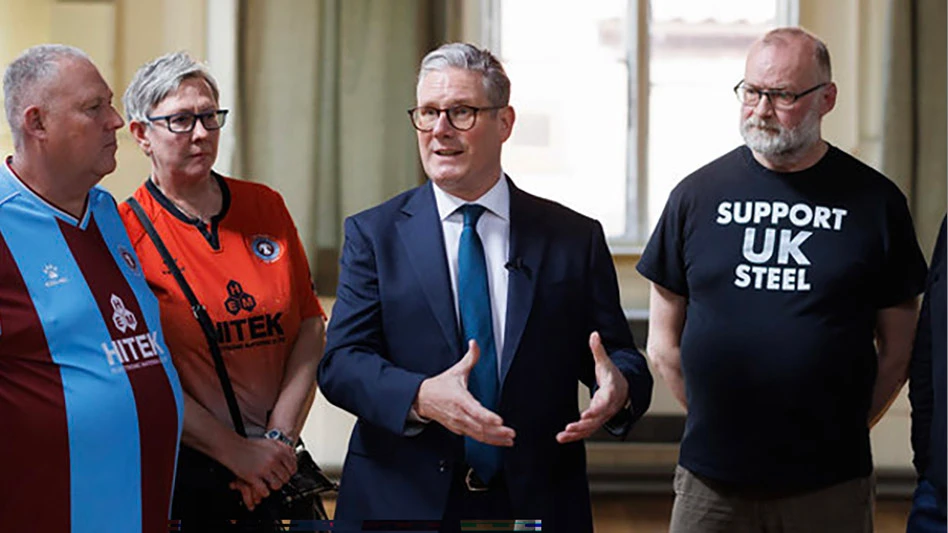TAKING A DIP
Pricing for secondary plastics has regained some strength since the market downturn in the fourth quarter of 2008, but prices appear to be softening as the summer temperatures heat up.
During the World Recycling Convention, organized by the Bureau of International Recycling (BIR) and held in late May in Dubai, United Arab Emirates, Surendra Borad of Belgium-based Gemini Corp., said plastic scrap prices improved partly on the back of European traders’ inventory-holding capacity. He said business was "booming" in developing countries such as India, where new sorting plants were coming on line.
Also during the World Recycling Convention, Peter Daalder of Daly Plastics, the Netherlands, cited "rocketing" overseas secondary plastics sales prices, which had almost tripled from November 2008 to April 2009. He said he foresaw a correction in the export market.
Such a correction may have begun playing out in mid-July.
Some overseas consumers, particularly in China, began cutting back on their orders as of mid-July, according to some sources. "Something is happening on export, but I don’t know what yet," a plastics broker based in the Southeast says.
A recycler based in the Gulf Coast region says Taiwan has enacted new export duties that have reduced the amount of material her company is shipping to that destination.
"PET (polyethylene terephthalate) buying is starting to dry up," the broker adds, "and a lot of that material was going to China."
Generation continues to suffer in light of reduced manufacturing and consumer demand. The broker in the Southeast notes a 20-percent decline in generation compared to last year at this time. "Based on what I’ve seen, it could get worse before it gets better," he adds.
"Scrap generation has been decreasing due to decreased production," says the recycler based in the Gulf Coast region. "Also, suppliers are waiting for markets to improve and are holding inventories as well."
The broker also reports stockpiling in anticipation of higher prices. "HDPE (high-density polyethylene) and PET are where they need to be for both sides to make money," he says. "People are used to last year’s market, when prices were out of control. Customers are sitting on material thinking [the price is] going to go up. They need to stop doing that and realize [the price] is where it needs to be."
Pricing for PET and HDPE declined by 1 to 2 cents per pound in late July, the broker reports, adding that he expects a similar decline in early August.
Demand remains high for some secondary plastics, such as polypropylene (PP) and polyethylene (PE), the recycler says, adding, "markets for engineering grades remain spotty." She continues, "Some activity in construction again, which may be due to the stimulus package, has resulted in increased demand for HDPE, for example, going to the pipe industry. We are hoping that increased virgin pricing will help support recycled demand," the recycler says, "but we are getting resistance to raising prices."
(Additional news about plastics recycling markets is available online at www.RecyclingToday.com.)

Explore the August 2009 Issue
Check out more from this issue and find your next story to read.
Latest from Recycling Today
- Steel Dynamics nets $217 million on record shipments
- Massive Chinese steelmaking rebound recorded in March
- LME looks into sustainable metal pricing
- OnePlanet Solar Recycling closes $7M seed financing round
- AMCS launches AMCS Platform Spring 2025 update
- Cyclic Materials to build rare earth recycling facility in Mesa, Arizona
- Ecobat’s Seculene product earns recognition for flame-retardant properties
- IWS’ newest MRF is part of its broader strategy to modernize waste management infrastructure





